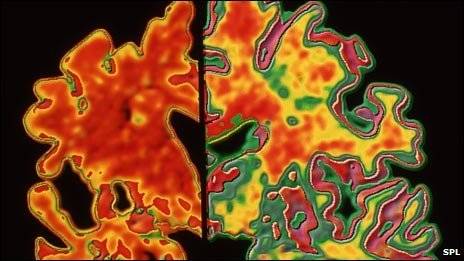ScienceRocks
Democrat all the way!
- Thread starter
- Banned
- #41
New HIV vaccine shows promising results and no adverse side-effects
New HIV vaccine shows promising results and no adverse side-effects
George Dvorsky
New HIV vaccine shows promising results and no adverse side-effects
George Dvorsky
Canadian researchers working to develop the world's first HIV vaccine announced on Tuesday that they have cleared a major hurdle. Initial results from a Phase I trial conducted by scientists at Western University has shown no adverse effects while significantly boosting immunity. The vaccine, which is based on a genetically modified, dead virus, can now progress to the next stage of testing. If all continues to go well, the vaccine could be commercially available in five years.



